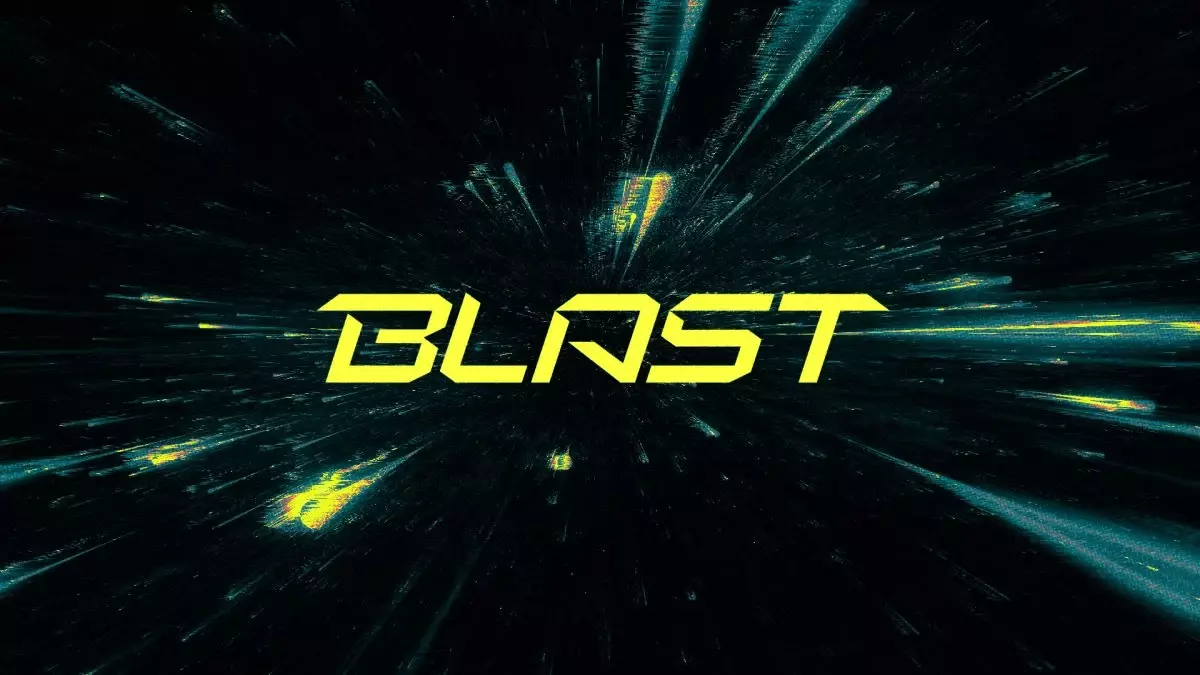The emergence of the Blast Network in the web3 world has been highlighted as a prominent player in the Ethereum Layer 2 (L2) solutions. The article emphasizes the unique features of the Blast Network, such as its native yield generation for ETH and stablecoins, and its aim to address high transaction fees and network congestion issues on the Ethereum Mainnet. While the article provides an overview of the Blast Network’s features and potential, there are certain aspects that need further analysis and scrutiny.
The Blast Network prides itself on offering innovative features like ongoing interest payments for holding Ethereum (ETH) and USDB, without the need for staking. It sets itself apart from other Ethereum L2 solutions by making the process of earning rewards seamless and user-friendly. However, the article fails to delve deeper into the technical aspects of how Blast Network generates interest through a combination of ETH staking and other protocols. A more thorough examination of the underlying mechanisms would provide readers with a better understanding of the network’s operations.
The article briefly mentions the onboarding process for users to start using Blast Network by bridging tokens to the network. It also touches upon the bridging fees being relatively low, approximately $5. However, a more detailed discussion on the onboarding process, including potential challenges or barriers faced by users, would offer a more comprehensive view of the user experience on the platform. Additionally, an exploration of the available bridging options from third-party services and their incentives could provide valuable insights for readers.
The governance token of the Blast Network, BLAST, is highlighted as a key component of the network’s ecosystem. With a planned total supply of 100 billion tokens and incentives distributed to the community through campaigns, the BLAST token plays a crucial role in the network’s governance. However, the article lacks an in-depth analysis of the governance structure and how token holders can participate in decision-making processes. Further exploration of the governance model and its implications for users would enhance the understanding of BLAST token holders’ rights and responsibilities.
The gaming ecosystem on Blast Network is mentioned as an area of growth, attracting attention from developers and users alike. The article briefly touches on the available games on the platform, including Gangster Arena, Crypto Valleys, and Blast Auto Club. However, a more detailed examination of the gaming ecosystem, its potential for expansion, and the integration of Blast Gold points would provide readers with a deeper understanding of the platform’s gaming offerings. Additionally, a discussion on the use cases beyond gaming, such as stablecoin finance, NFT marketplaces, and the metaverse, would shed light on the platform’s versatility and potential impact on various sectors.
While the article provides a broad overview of the Blast Network and its key features, there are several areas that would benefit from a more critical analysis. Exploring the technical aspects of interest generation, examining the onboarding process in detail, analyzing the governance structure of the BLAST token, and delving deeper into the gaming ecosystem and use cases would offer readers a more comprehensive understanding of the Blast Network’s potential in the web3 space. By addressing these areas and providing a more in-depth analysis, future articles on Blast Network could provide valuable insights for users and stakeholders in the crypto community.

